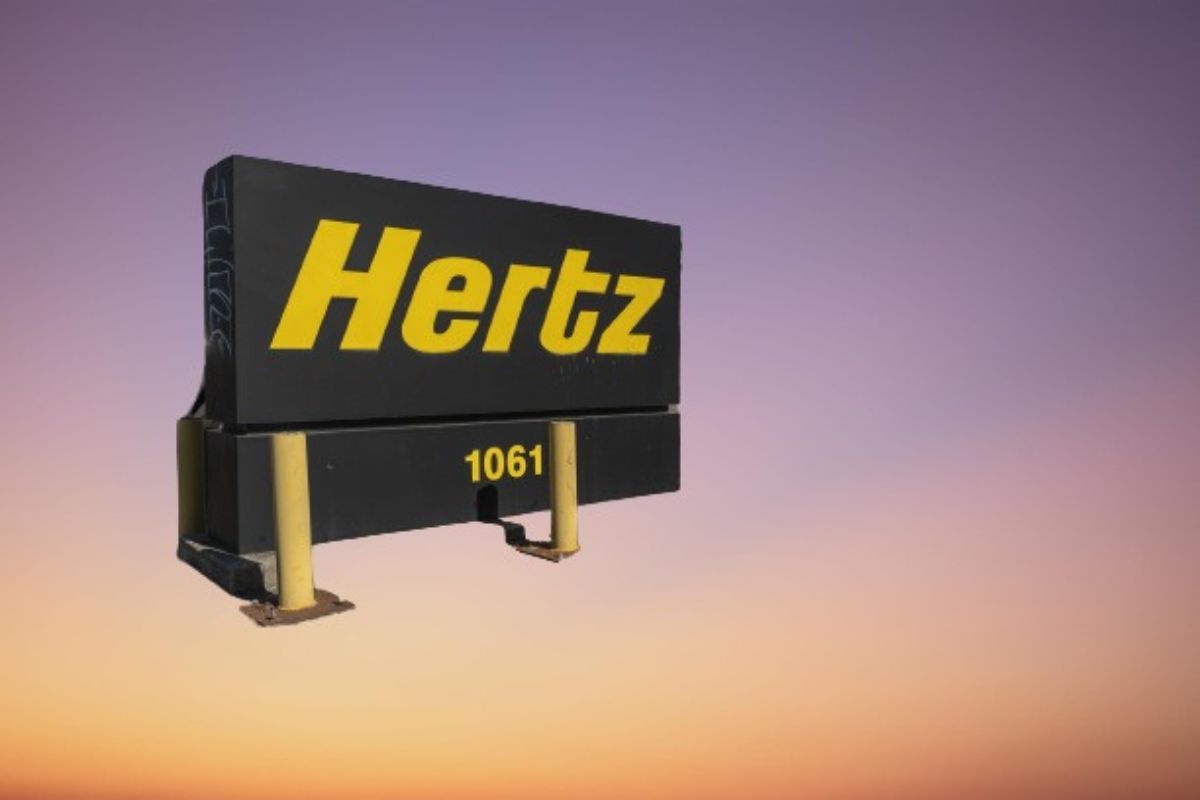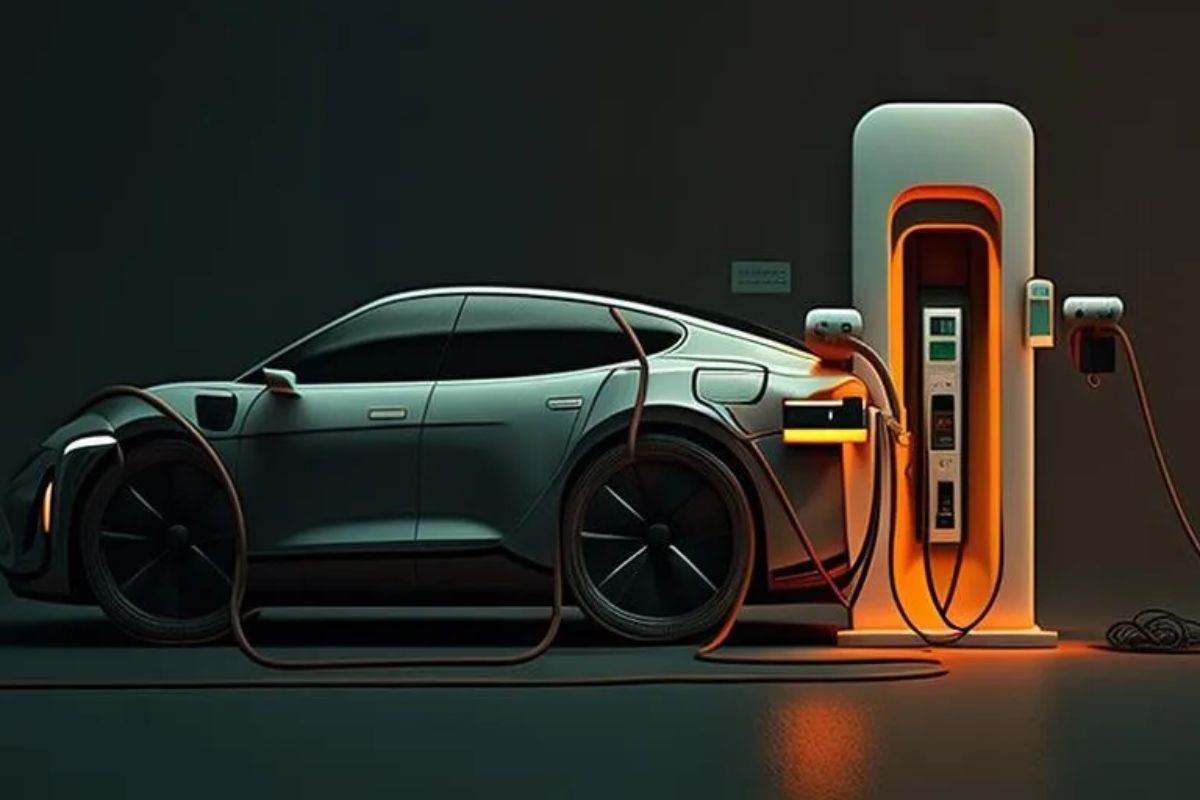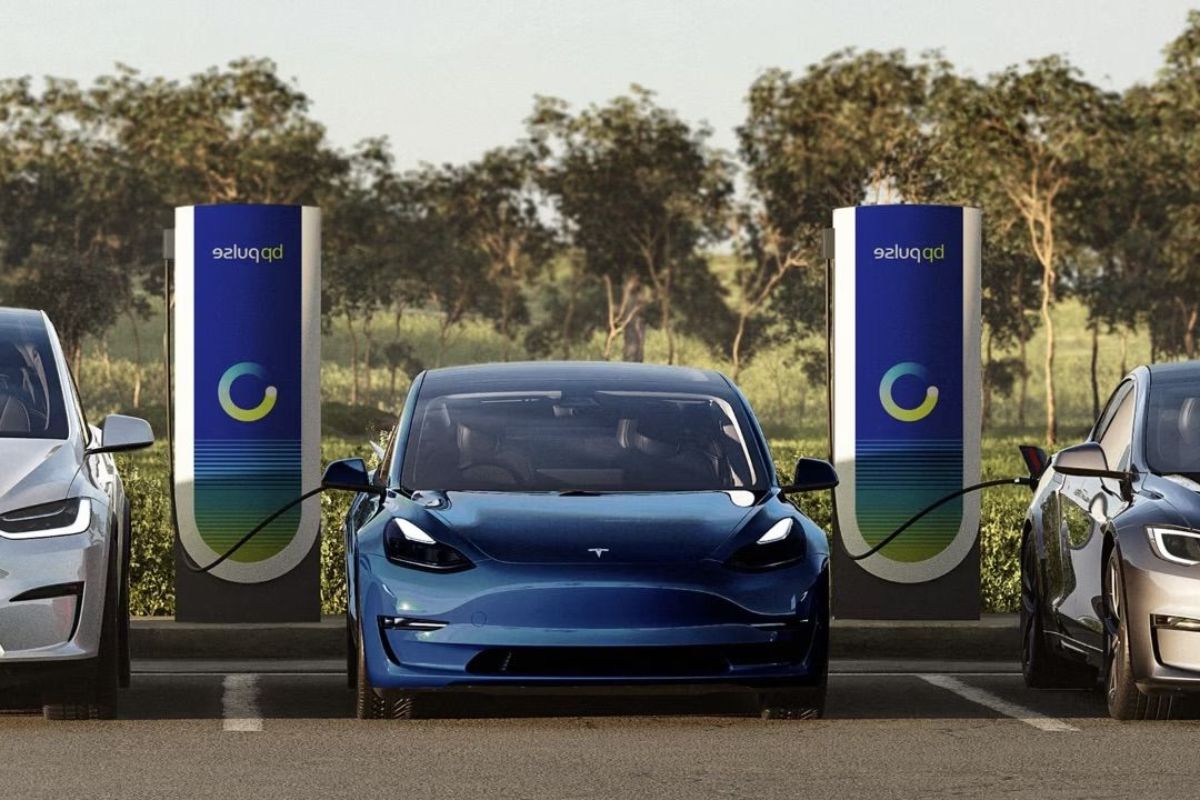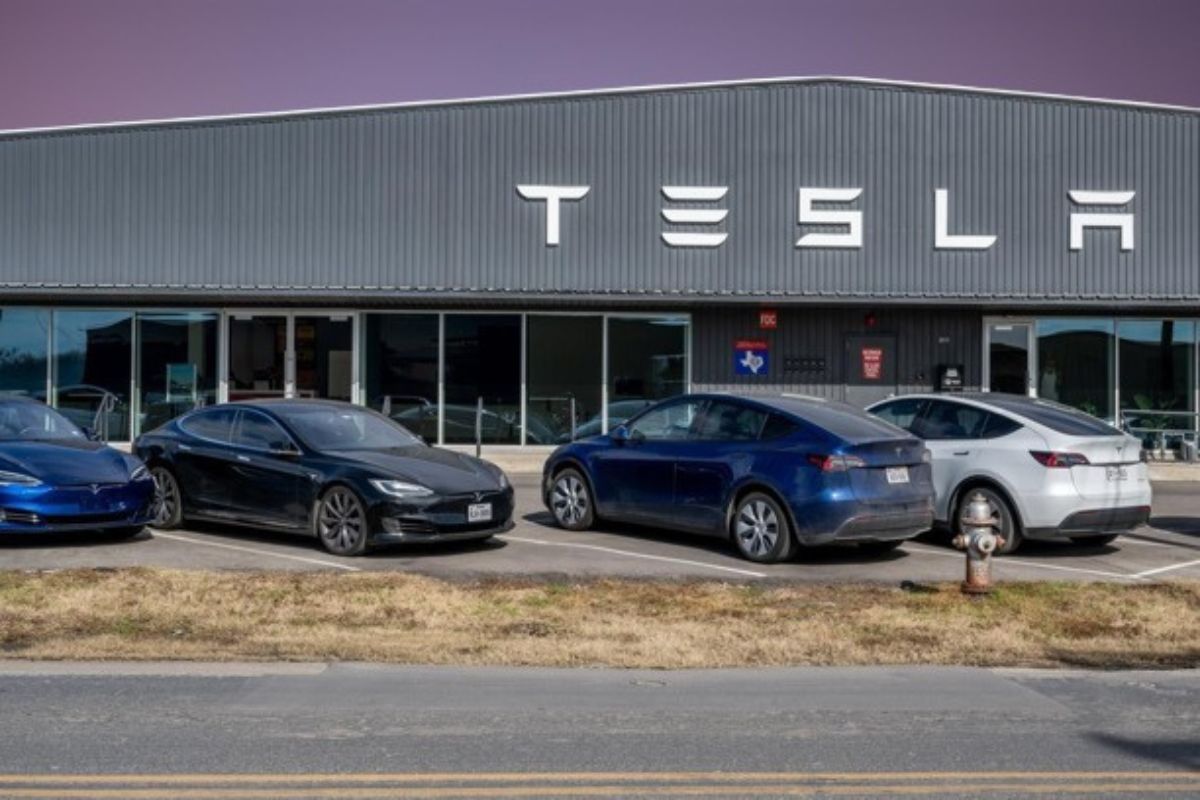Hertz’s Sale of 20000 EVs: The recent announcement of Hertz’s decision to sell 20,000 electric vehicles (EVs) has sparked a flurry of discussions around the potential implications for repair costs and the dynamics of the used-car market.
While the move towards EVs signifies a significant shift in the automotive industry, it also raises concerns about the availability and affordability of repairs for these vehicles.
Additionally, the influx of a large number of used EVs into the market could disrupt the delicate balance between supply and demand, leading to unforeseen consequences.
As we delve into the intricacies of this situation, it becomes clear that Hertz’s sale of these EVs casts an intriguing shadow over the future of repair costs and the dynamics of the used-car market, leaving us pondering the potential ramifications and possible solutions moving forward.
Key Takeaways
- Hertz’s decision to divest from electric vehicles raises concerns about the practicality and cost-effectiveness of EVs in the rental market.
- High repair costs and weak demand for rented EVs likely influenced Hertz’s shift away from EVs.
- The sale of 20,000 EVs by Hertz may undermine the market’s confidence in used EVs and decrease their perceived value.
- The future viability of EVs in rental fleets and broader consumer acceptance and adoption of electric vehicles are cast into doubt by Hertz’s decision.
Hertz’s Shift Away from EVs
Hertz’s decision to divest from electric vehicles marks a significant departure from their previous strategy, raising important questions about the future viability of EVs in rental fleets. This move is a clear signal that Hertz has lost confidence in the rental potential of EVs.
While electric cars were once hailed as the future of transportation, this decision by Hertz suggests that their practicality and cost-effectiveness in the rental market may not be as promising as initially thought. The high repair costs and weak demand for rented EVs have likely played a major role in Hertz’s decision.
This shift away from EVs by Hertz not only casts doubts on the long-term sustainability of EVs in rental fleets but also raises concerns about the broader consumer acceptance and adoption of electric vehicles.
Also Read: Hertz Hits the Brakes: Unraveling the Shocking U-Turn from EVs to Gas Cars
Challenges in Repair Costs for EVs
The exorbitant repair costs associated with electric vehicles have posed significant challenges for the industry, particularly when it comes to assessing and fixing damages to their complex battery packs. Here are five key challenges that make repairing EVs a costly affair:
- Lack of expertise: The relatively new technology of electric vehicles means that there is a shortage of skilled technicians who can effectively repair these vehicles. This scarcity drives up repair costs as specialized expertise comes at a premium.
- Limited availability of replacement parts: The supply chain for EV parts is still developing, leading to delays in obtaining necessary components for repairs. This not only increases repair costs but also extends the downtime of vehicles, affecting their usability and profitability.
- High cost of battery packs: Battery packs are the most expensive component of an electric vehicle, and any damage to them can result in exorbitant repair bills. The intricate nature of these packs makes repairs complex and time-consuming, contributing to the high costs.
- Insurance write-offs: Due to the high repair costs, insurance companies often deem slightly damaged EVs as total losses, resulting in the vehicle being written off. This not only affects the resale value but also increases insurance premiums, affecting the overall affordability of EV ownership.
- Lack of standardized repair methods: Unlike traditional vehicles, there is no standardized approach for repairing EVs, making it difficult for repair shops to accurately estimate costs. This lack of standardization further exacerbates repair cost concerns.
These challenges highlight the urgent need for the industry to address repair costs associated with electric vehicles. As more EVs hit the road, it is crucial to develop cost-effective repair solutions and establish industry standards to ensure the long-term viability of electric transportation.
Adverse Effects on the Second-Hand EV Market
The decision by Hertz to sell 20,000 electric vehicles (EVs) may have significant repercussions on the second-hand EV market, potentially impacting the perceived value of used EVs and presenting challenges for the industry.
Industry experts anticipate adverse effects, as the need to sell these EVs at significant discounts, combined with higher mileage and visible damage, could undermine the market’s confidence.
The second-hand EV market, largely dominated by Teslas, is already facing challenges with decreasing values, surpassing the overall decline in the used car market. This influx of Hertz’s EVs could exacerbate the situation, further eroding the value of second-hand EVs and creating a more challenging environment for buyers and sellers alike.
It remains to be seen how the market will adjust and whether strategies will be implemented to mitigate these adverse effects.
Market Dynamics and Shift in EV Demand
Amidst Hertz’s decision to offload 20,000 electric vehicles, the EV market is experiencing a shift in demand dynamics that poses challenges for both established and emerging players in the industry. This change in demand can have significant implications for the market, including:
- Increased competition: As more players enter the EV market, competition for market share intensifies, forcing companies to innovate and differentiate themselves to stay ahead.
- Changing consumer preferences: With a broader range of EV options available, consumers have more choices than ever before. This shift in demand requires automakers to understand and adapt to changing consumer preferences.
- Infrastructure development: The increase in EV demand necessitates the development of robust charging infrastructure to support the growing number of electric vehicles on the road.
- Supply chain challenges: The shift in demand for EVs requires adjustments in the supply chain to ensure a steady and reliable flow of components and materials.
- Government policy: The shift in demand for EVs is also influenced by government policies and regulations aimed at promoting sustainable transportation. Changes in policies can have a significant impact on the market dynamics and demand for electric vehicles.
As the EV market experiences this shift in demand, it is crucial for industry players to stay agile and adaptable to navigate the challenges and capitalize on the opportunities that arise.
Future Outlook and Potential Solutions
Looking towards the future, addressing repair cost concerns and improving infrastructure will be key factors in ensuring the long-term success of electric vehicles in rental fleets and the broader automotive market. The high repair costs of EVs may be a temporary challenge, as experts predict that prices will decrease as these vehicles become more common on the roads.
Additionally, the development of infrastructure to support widespread EV use is crucial. This includes expanding the charging network and upgrading facilities for maintenance and repairs. By addressing these issues, the automotive industry can pave the way for a thriving EV market. It is essential to proactively tackle repair cost concerns and invest in infrastructure improvements to ensure a sustainable and prosperous future for electric vehicles.
| Future Outlook and Potential Solutions | ||
|---|---|---|
| Address repair cost concerns | Improve infrastructure | Ensure long-term success of EVs |
| Temporary hurdle | Decrease prices over time | Expand charging network |
| Proactive approach | Sustainable future | Thriving EV market |
Conclusion Of Hertz’s Sale of 20000 EVs
The sale of 20,000 EVs by Hertz raises concerns about repair costs and the impact on the used-car market. The challenges of repairing EVs can lead to higher costs, discouraging potential buyers and affecting the second-hand market.
This shift in demand for EVs may disrupt market dynamics and require innovative solutions to address the issues. It is crucial for stakeholders to consider these challenges and find ways to overcome them in order to ensure the sustainable growth of the EV market.
Our Reader’s Queries
Q1 Did Hertz sell EV cars?
A Rental company Hertz Global Holdings (HTZ.O) is divesting approximately 20,000 electric vehicles, including Teslas, from its U.S. fleet, approximately two years after entering into an agreement with the automaker to provide its vehicles for rental, indicating a downturn in demand for electric vehicles (EVs).
Q2 How many Teslas is Hertz selling?
A Last week, Hertz revealed its plan to sell around one-third of its electric vehicle fleet, comprising approximately 20,000 cars, primarily made up of Teslas.
Q3 How many cars does Hertz own?
A As of December 31, 2022, Hertz’s fleet in the Americas reached its highest point at 428,700 vehicles, with 11% of them being Tesla cars, as indicated in the filing. Additionally, the international fleet included an extra 1,187 Teslas.




